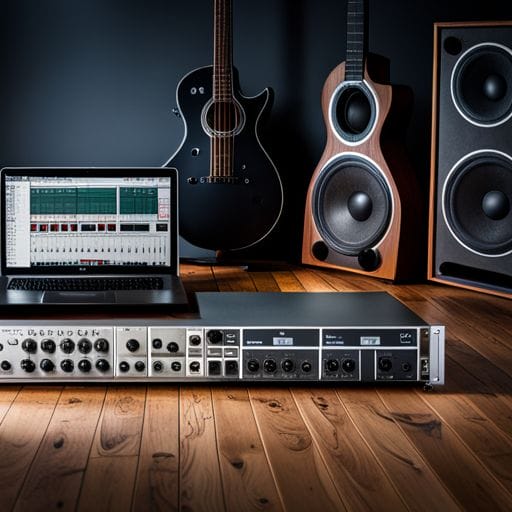How to Make Audio Plugins: Getting Started

What are the basic steps to getting started in making audio plugins?
The realm of music production has massively shifted towards using digital interfaces and tools to create and mix sounds. Audio plugins play a significant role in this revolution, contributing to the creation of high-quality sound effects, precise mixing, and the overall enhancement of sound quality. If you’re fascinated about creating your own audio plugins, you’ve come to the right place!
Understanding Audio Plugins
Before we dive into creating your own audio plugins, it’s important to understand what they are. Audio plugins are software components that add specific features to audio applications like Digital Audio Workstations (DAWs) or video editing software. These features range from sound effects such as reverb or delay to complex functions such as synthesizers.
The Basic Requirements
Making audio plugins requires you to have a basic understanding of computer programming, especially in languages such as C++. You also need to familiarize yourself with digital signal processing concepts. Don’t worry if you’re a beginner. There are numerous resources available online to help you get started with these prerequisites!
Choosing the Right Platform
Several platforms allow you to develop your own audio plugin. Some of the most popular ones include:
-
- Steinberg’s VST SDK: This platform offers a framework for creating plugins in C++. It’s widely recognized and adopted in audio software third-party development.
-
- JUCE: JUCE provides a wider range of features, making it an excellent choice for developers wishing to build complex audio applications. It’s also great for creating cross-platform plugins.
-
- iPlug2: Ideal for beginners, iPlug2 offers a simpler interface for creating plugins, with templates available for common plugin types.
Building Your First Plugin
Let’s break down the basic steps of creating an audio plugin using JUCE, one of the most popular platforms:
-
- Download and Install JUCE: You can download JUCE for free from the official website and install it on your system.
-
- Create a New Project: Open JUCE and create a new plugin project. You can choose from different plugin formats such as VST3, AU, or AAX.
-
- Design Your Plugin: Use the Projucer’s graphical editor to design the interface of your plugin. This could include knobs, sliders, or buttons.
-
- Implement DSP Code: This is where your C++ programming and DSP knowledge comes into play. Write your DSP code in the processor’s part of the code.
-
- Test Your Plugin: Finally, you can load your plugin into a DAW and test its functions.
Note that these steps have been greatly simplified and actual plugin development will take time, patience, and effort.
Wrapping Up
Making audio plugins is a blend of creativity, engineering, and critical thinking. As intimidating as it may seem initially, remember that every master was once a beginner. So embrace the learning process, work on your skills, and before long, you will be creating your unique audio plugins!
